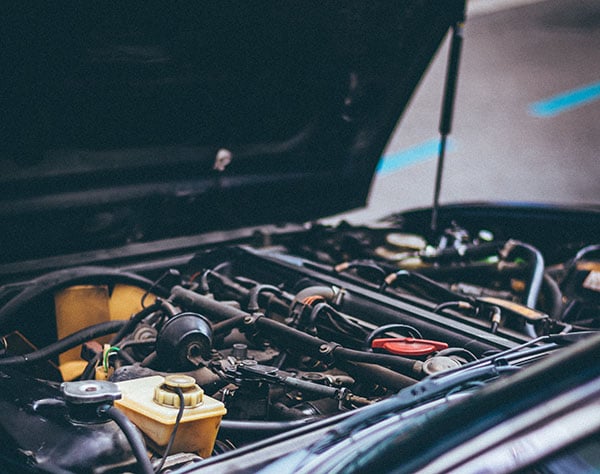Do you know you should be protected against any defects or faults, even if buying a second hand car from a dealership? In this guide, you’ll learn how used car warranty works and ensure you don’t fall victim to a lemon.
We even show you what to do before you buy a used car to ensure you’re getting the best buy.
Feature photo by Robert Haverly on Unsplash
How do used car warranties work?
What is a used car warranty?
A used car warranty assures if anything were to go wrong with your vehicle within the warranty period, the manufacturer or seller will provide a resolution. Normally it covers the vehicle’s safety, roadworthiness and reliability. This may include defects associated with the engine, brakes, battery, airbags, etc.
Always read your warranty document carefully so you know what’s included and what may void your warranty. Even adding modifications to your car while in the warranty period may void your warranty.

What is covered under a used car warranty?
A warranty covers any second hand cars that:
- Has travelled less than 160,000km.
- Is less than 10 years old.
- Does not exceed the luxury car tax price threshold (currently $67,525).
The used car warranty will only cover a 3 month period after the date of purchase or 5,000km, whichever comes first. Again, some vehicle modifications and circumstances may void your warranty.
When requesting warranty repairs, your warranty document will state a timeframe of how long you have to request a resolution. If repairs are unable to be made, you may be able to request a refund or compensation equal to the drop in value from the purchase price.
It’s a common misbelief that you must have your car serviced by the manufacturer’s mechanics to keep your warranty in place. This is incorrect, however, you should always check your warranty documents, especially the extended warranty fine print, to ensure you understand your obligations.
What is not covered in a car warranty?
Car warranties will usually not cover any accidental damage caused by the buyer as a result of misuse or negligence. It also will not cover any cosmetic damage or general wear or tear of vehicle parts within reasonable expectations, such as the wearing down of the brakes.
While the warranty will cover parts of the car, it will not cover any parts that have been modified or replaced by the buyer after the sale. Any new or modified parts may, however, be covered under the manufacturer’s warranty separate to your used car warranty.
What is the difference between insurance and warranty?
The biggest difference between a warranty and insurance is exactly what each covers. Where as warranty is a promise that a vehicle will be free from any defects, insurance is another type of promise. Insurance promises should there be any damage to the car, they will pay for the costs associated, as long as it is covered under their policy.

What to do before you buy a used car.
1. Book a roadworthy inspection.
Your local trusted mechanic can inspect a vehicle and confirm it is roadworthy standard. Remember, roadworthy inspection regulations vary from state to state, so it’s best to talk to a certified roadworthy inspector.
The main areas they will check during an inspection are:
- Tyres.
- Oil.
- Radiator.
- Brakes.
- Electrical systems.
Always ask your mechanic and get an itemised list of what has been inspected. You yourself should also check:
- The quality of the paint.
- If car accessories, such as the radio or navigation system, are in working order.
- The car interior and upholstery are clean and free of damage.

2. Confirm all paperwork is in order.
In most states, a used car seller is required to provide a roadworthy certificate for a vehicle during the sale.
We also recommend asking to check the cars registration, and ensuring the details match the engine number, registration plates and any other information to confirm that the seller is the owner of the vehicle.
3. Check the car’s history.
You should always check the cars logbooks to confirm the car has had regular services and to see if any major repairs made on the car. This is a good indication that the car is in proper working condition and that there should not be any hidden issues. Some sites may also offer a detailed history of the car for a small fee.
4. Take the car for a test drive.
You won’t really know if a car is a good fit for you unless you take it for a test drive. This will let you get a feel for how the car handles and hear any noises that could indicate something is wrong.
After purchasing a used car, you will need to organise insurance and transfer the registration to your name.
Bonus tip: Getting a good insurance broker will ensure you’re covered for all the right things.
Find your local insurance brokers on Localsearch!





